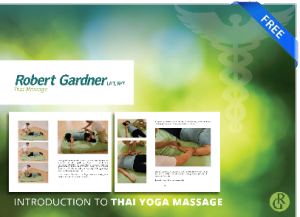variations in plow
Plow and shoulderstand are usually performed together, plow first then up into shoulderstand. This gives the shoulders a chance to settle, allows the spine time to lengthen and open as well as blood to begin to settle near the head. Once you’re comfortable with the standard poses the variations allow some movement of the legs in a wide range of motion.
You can literally play in the poses once you’re comfortable and you’re searching for new space, new feeling and opening of tissue. Yoga poses feel focused, calm, aware and centered while you’re in them. Once you’ve found good space in your body breathe deeply and see if your rib cage, diaphragm and spine can find a new space to open into. The sense of play comes from an open awareness without destination. You’re not just trying to go into the pose deeper, you’re exploring.
Breathe into the pose. Feel it out, make small adjustments and fine tune movement. Enjoy how the poses feel.

